When I moved into my latest apartment I quickly found out that kick pedals hitting a drum pad, while sitting on a hardwood floor, can make a lot of noise and vibration. I use an electronic drum kit in my apartment to be able to play and keep the noise levels down, but the acoustic sound of the kick pedals on the drum pad was still too loud.
It sounded like I was tapping my foot heavily on the floor while wearing hard-sole shoes, which didn’t sit well with my neighbors downstairs. Especially since I mostly play metal – with lots of double kick. I had just purchased a set of Axis pedals, and wanted to let it rip. Bummer.
I wasn’t able to play without annoying my neighbors, even though I had an electronic drum kit. I was disappointed in this new finding. However, I did some research on how to quiet down kick pedal noise for an electronic drum kit and found some solutions. Part of my solution was to isolate the kick pedals themselves from the floor, to keep acoustic vibrations from going into the hardwood beneath my drum kit.
I investigated some options to make some isolation pads, and determined I just didn’t have the right resources to get the job done effectively. If I had access to power tools and workshop I likely would have tried to make something myself. But I didn’t really have much for options at the time. Because of that, I decided to budget some money for some drum kit upgrades, primarily in the kick pedal department.
One of my purchases was the Roland NE-10 isolation pads. They are basically just a heavy, carpeted pad that a kick pedal sits on top of. Underneath the pad are several rubber feet. These pads basically soaks up any acoustic vibrations from the pedal and keep the vibrations from going into the floor.
Here’s a picture of my pedals sitting on the pads:
I was surprised at how well they worked. It was almost too good to be true. They did effectively knock out the floor vibration issues and solved most of my annoying noise problems. It wasn’t the complete solution for me though, so read on to learn more.
Build Quality
The quality of these pads is really good. They are heavier than you would expect. They don’t bend. They sit tightly on my drum carpeting and don’t slide around. The rubber surround and underside is heavy duty and hasn’t broken down at all. Overall, these are about as high quality as I would want them to be.
Even though I wanted to try to make my own isolation pads initially, I probably wouldn’t have been able to make something as nice looking as these. They look professional yet basic.
Features
There aren’t many features to discuss, these isolation pads are pretty basic. The carpeted top is a nice feature. It’s a heavy-duty carpeting, and it works great with the Velcro on the bottom of my Axis kick pedals. The pedals have stuck in place nicely since I put them on there, and I haven’t had to re-adjust them or re-align them since the first setup.
The rubber feet on the bottom have dimples that keep it from sliding around on a rug as well. Basically, these pads won’t be sliding around at all.
The weight is also a nice feature. They are heavier than you would expect. But the weight is also what helps keep them in place and from moving around while you are stomping away on your kick pedals.
Price
The price, to me, seemed expensive when I bought them. Each pad cost me $119.99 from Sweetwater. Close to $250 for two of them, which is the quantity I bought. However, even with the price tag, I still feel these were worth it. They don’t seem like they will ever wear out. They were higher quality than I expected after unboxing them. I would have had to invest some time and materials to devise and build my own pads, and it wasn’t worth it for me considering my resources and limited time availability due to work and stuff.
My Particular Situation…
These isolation pads weren’t a complete noise-elimination solution for me though, in my particular situation. Why? My Axis pedals are long boards, and there wasn’t enough room on the isolation pad to put my kick drum pad on the platform together. I would recommend measuring everything before buying these to make sure the pedal and the kick pad all will fit on the top of the isolation pad.
Also, my kick drum pad was a hard drum pad, not a mesh head, so it is susceptible to more noise due to that factor. The beater hitting the drum pad still made the typical beater-on-hard-pad noise, even though it wasn’t going directly into the floor anymore.
So it was a lot better, but still not where I wanted it in terms of noise levels. If you have a mesh kick drum pad, you will get better results than I did with my hard kick drum pad.
I decided to add kick drum triggers to my pedals and eliminate the kick drum pad completely.
The triggers in combination with the isolation pads make my kick drums nearly silent now. I can play with the same intensity that I put into an acoustic kit, and no more acoustic noise or vibrations from the kicks.
Conclusion
These pads work great, and I recommend them as a good step in eliminating through-the-floor noise from an electronic drum kit, especially if you have neighbors below you. Also, keep in mind that you will still need to deal with the noise created from the kick pedal beaters hitting the drum pad – if you have hard pads and hard beater heads.

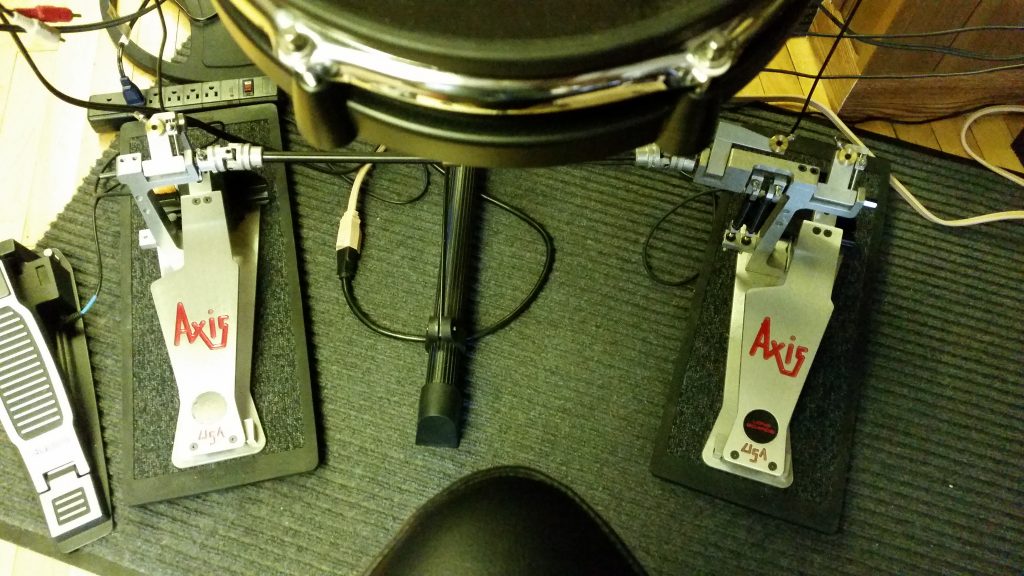
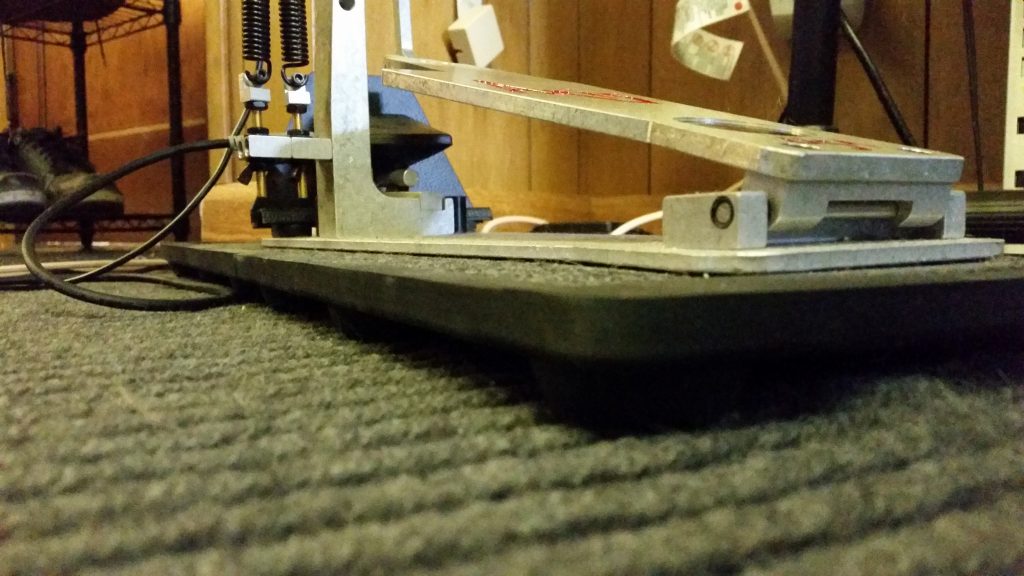
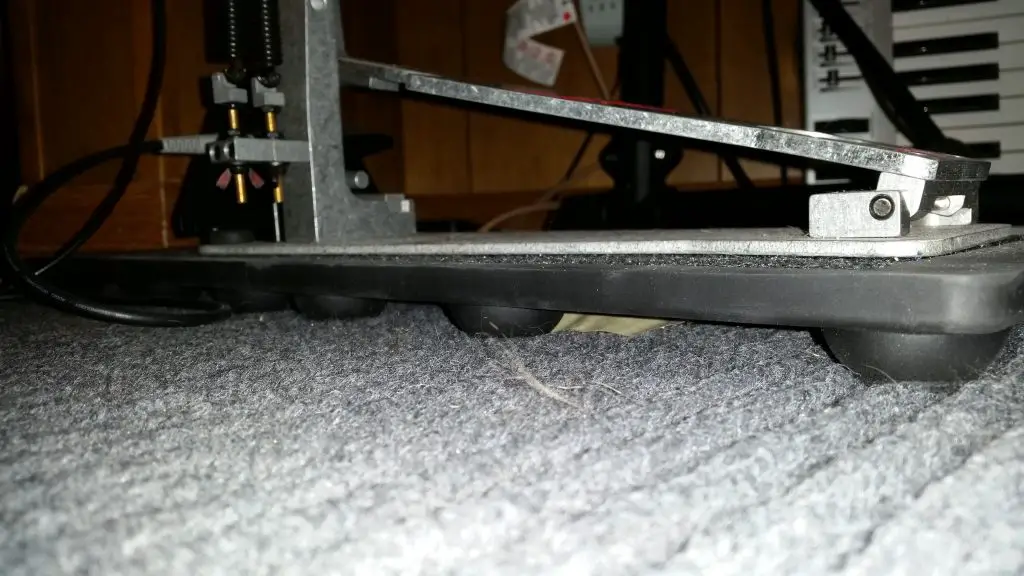
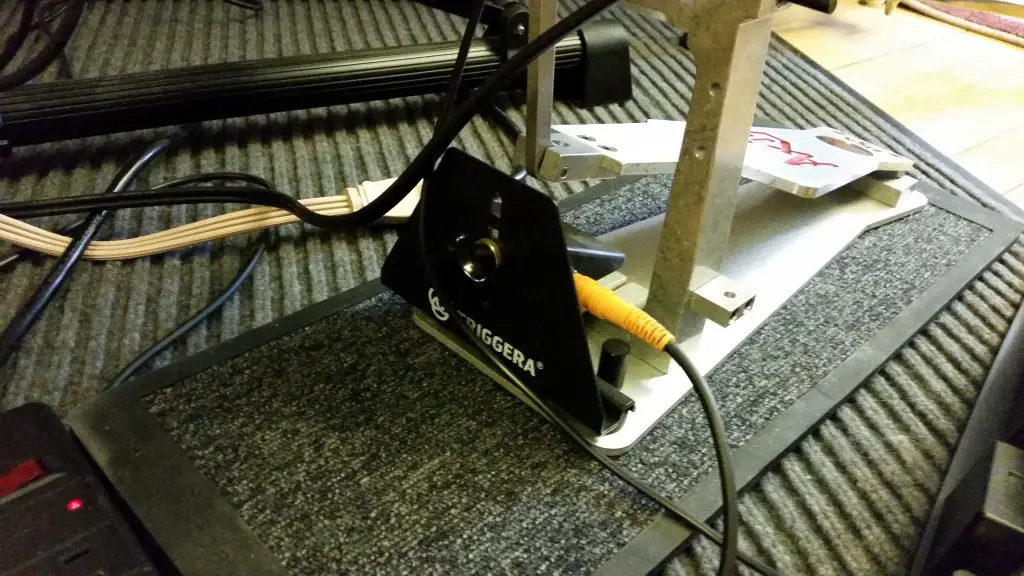
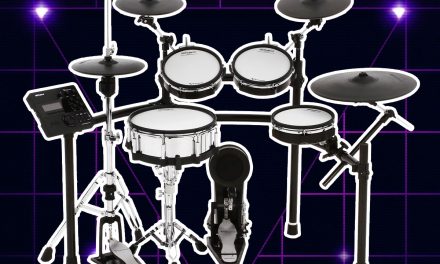
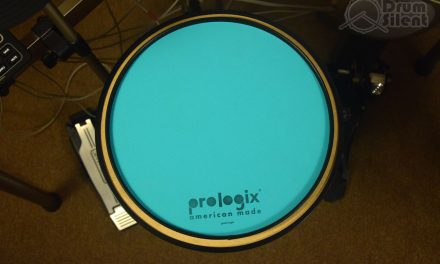


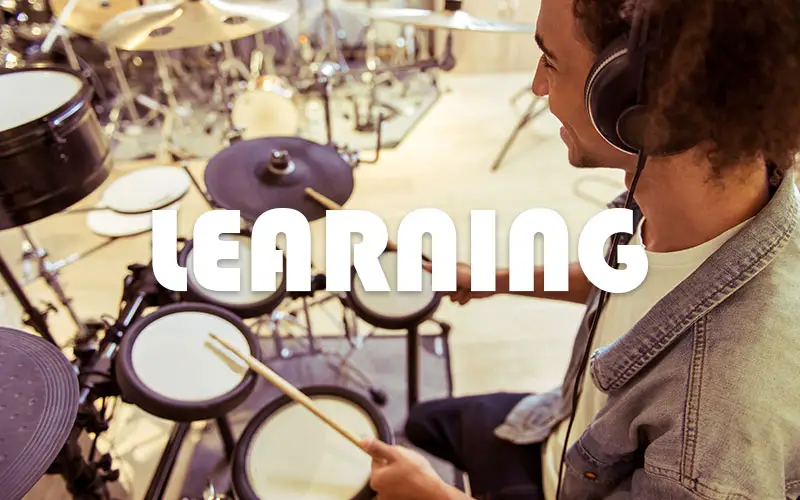

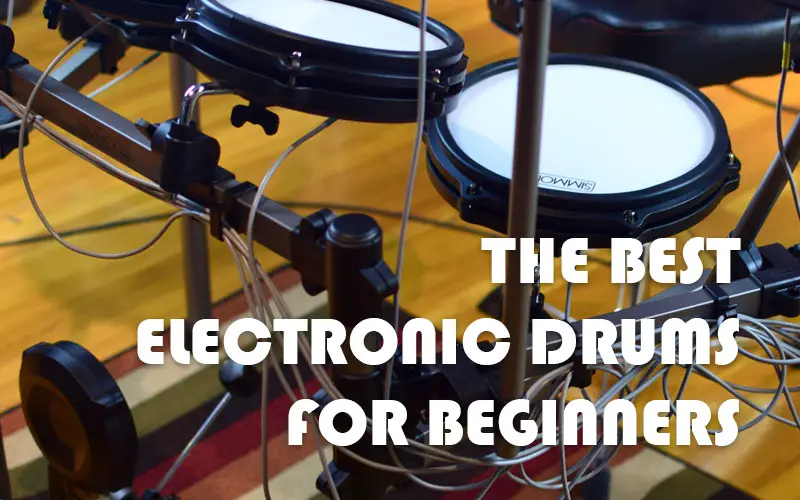

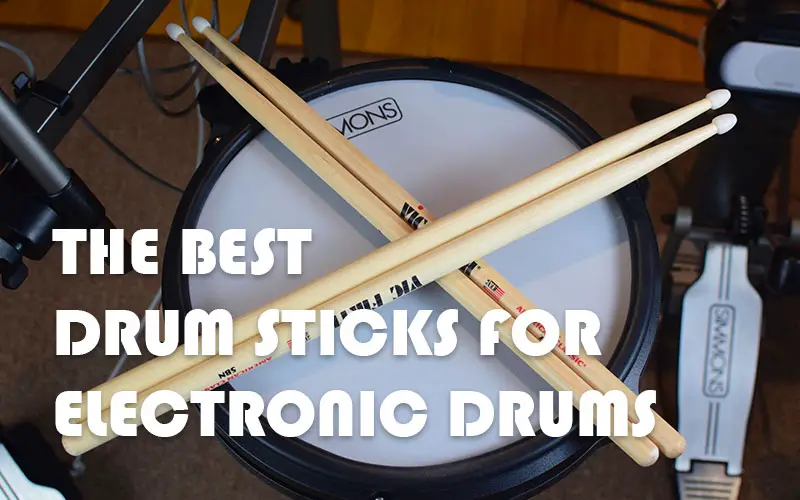


Excellent review…
Nice review, I am interested in them too. Just the prise is a nightmare, especially if you need some additional NE-1.
Yeah they’re definitely not a budget item, especially if you need two or three they add up quick. In that case it might be worth it to look into making a sound isolation platform for the whole kit.